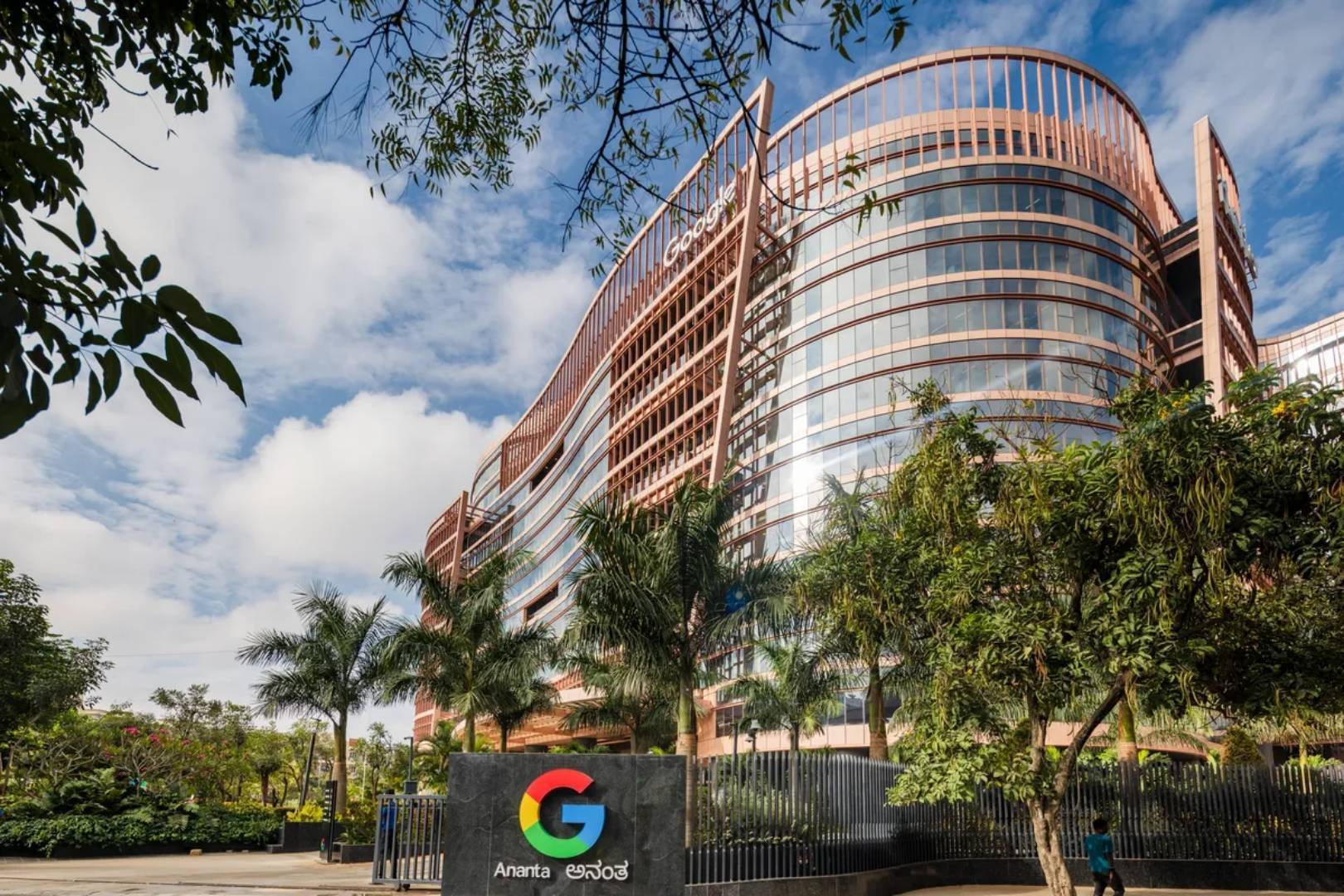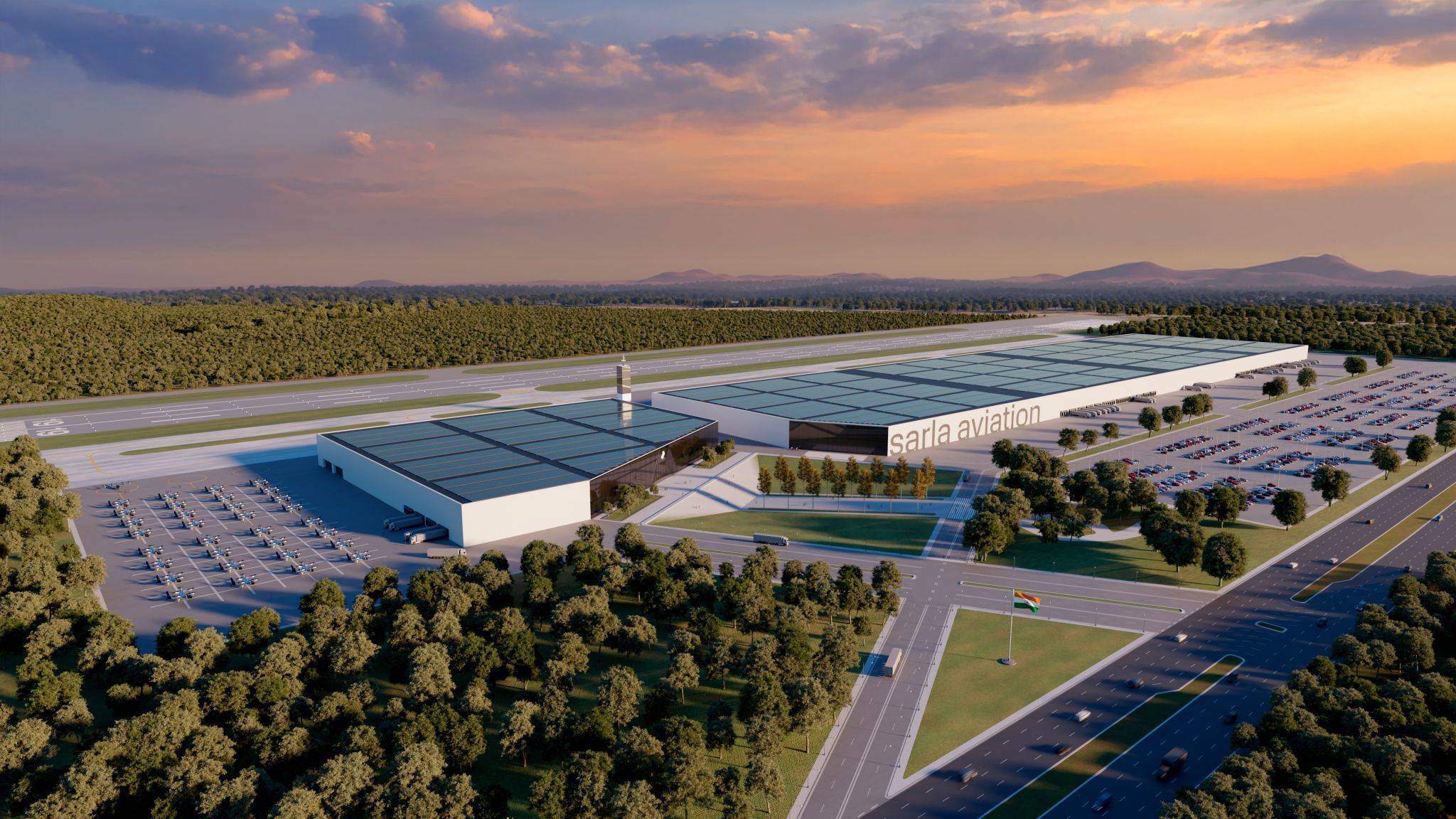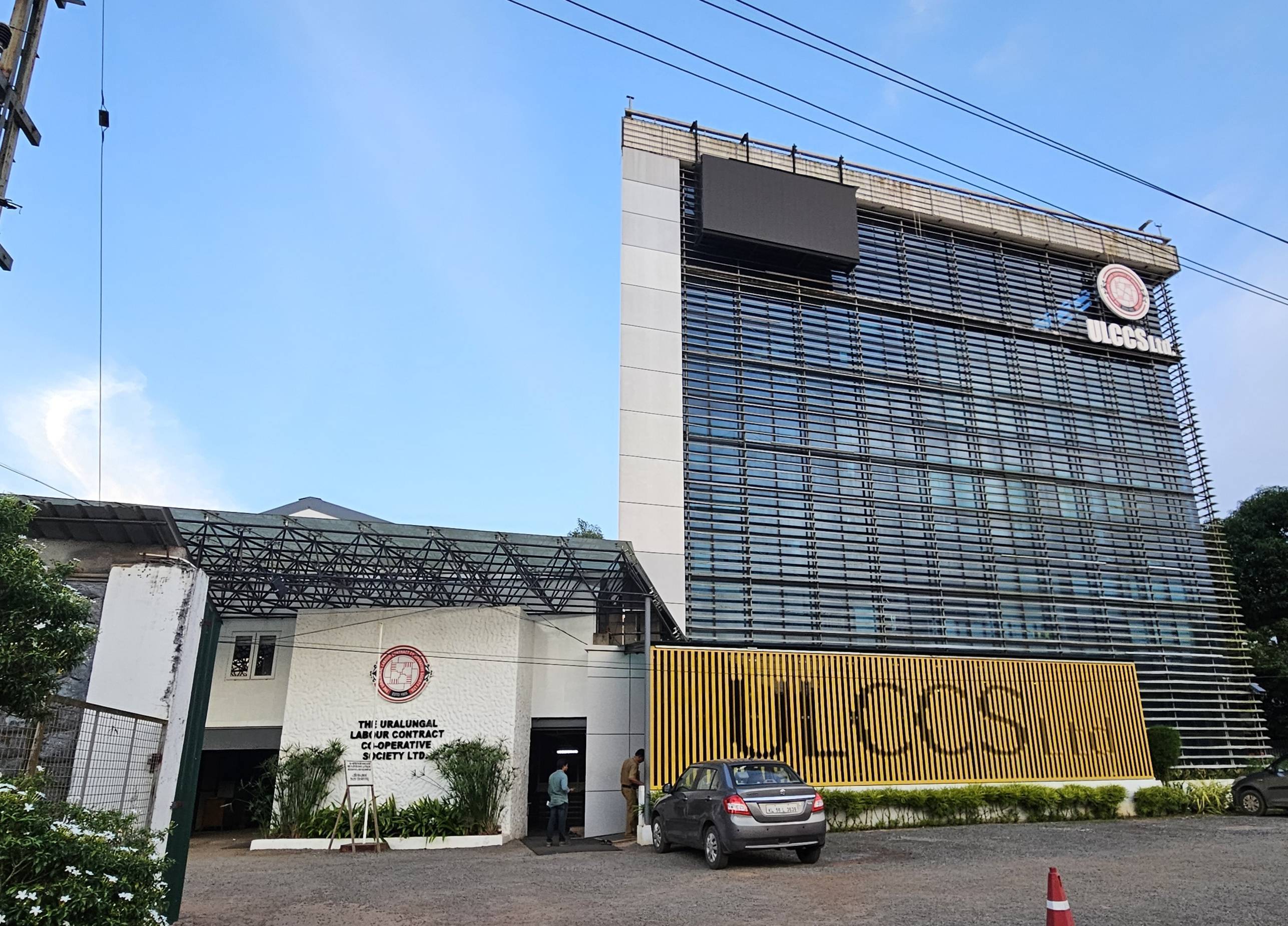Google has inaugurated its largest campus in India, named Ananta, in Mahadevapura, Bengaluru. Designed to accommodate over 5,000 employees, this facility is one of Google’s largest campuses worldwide. The campus aligns with the company’s AI-first strategy and focuses on sustainability, accessibility, and collaboration.
The name Ananta, derived from Sanskrit, means "infinite" or "limitless." Google emphasizes that this facility is not just about expanding its operations but also about contributing to technological advancements and long-term impact. The campus has been built using materials sourced primarily from within India, reflecting the company’s commitment to local procurement and sustainability.
Preeti Lobana, Vice President and Country Manager at Google India, highlighted the significance of the company’s AI-first approach in the Indian market. She stated that India is a key talent hub and a region where AI-driven solutions can address large-scale challenges. According to Lobana, Ananta represents an important milestone in Google’s technological expansion and its ambition to develop AI-based innovations.
A significant focus of the campus is sustainability. The facility incorporates wastewater recycling, rainwater harvesting, and smart photochromic glass, which adapts to light conditions to reduce energy consumption. These measures aim to lower the campus’s environmental impact and enhance resource efficiency.
Anand Rangarajan, Vice President of Engineering at Google DeepMind and Bengaluru Site Lead, emphasized that India provides an ideal environment for solving complex challenges. He pointed out that solutions developed for Indian users often have global applications. He also stated that Ananta represents Google’s broader commitment to strengthening India’s digital infrastructure and fostering innovation.
Google currently employs over 10,000 professionals across India, with offices in Bengaluru, Mumbai, Hyderabad, and Gurugram. The company follows a hybrid work model, requiring employees to be in the office at least three days a week. Ananta is structured to support this work model with spaces designed for collaboration and focused work.
The campus follows a city grid layout for structured movement and accessibility. At the center of the campus is Sabha, an area designed for meetings, discussions, and community engagement. The layout ensures that teams can coordinate effectively while maintaining access to private workspaces. Advanced audiovisual systems are integrated into conference rooms and common areas to support virtual and in-person meetings.
Google has incorporated several measures to reduce resource consumption within Ananta. The use of smart glass optimizes energy use by adapting to external conditions. Locally sourced materials were used for the interiors to minimize the carbon footprint associated with transportation. These efforts align with Google’s broader strategy of resource-efficient management across its offices globally.
The workspace accommodates different workstyles by offering various dedicated areas. Some sections are structured for individual work, while others facilitate team discussions. Automated systems regulate temperature, lighting, and security to ensure efficient operations. The network infrastructure is designed for high-speed data transfer and secure connectivity.
In addition to workspaces, the campus includes facilities focused on employee well-being. It houses a fully equipped gym, daycare facilities, food courts, and relaxation spaces. A designated green space, named Aranya, provides a natural environment within the premises. Transportation services include shuttle options and charging stations for electric vehicles. Cycling tracks and pedestrian pathways encourage non-motorized movement within the campus.
The architectural design incorporates local cultural and environmental elements. Common areas feature themes inspired by Karnataka’s heritage. Art installations and decorative elements highlight regional craftsmanship. Google has collaborated with local businesses and vendors for various services, creating stronger community engagement. The company is also exploring initiatives in education, digital literacy, and small enterprise support as part of its outreach efforts.
Ananta is expected to evolve with advancements in technology and infrastructure. Google plans to assess workplace requirements continuously and integrate emerging technologies to enhance efficiency. The company sees this campus as a model for future workspaces that balance operational goals with employee well-being and environmental responsibility.
Through the establishment of Ananta, Google reinforces its long-term vision for India. The campus is positioned as a center for innovation, supporting technological development, efficient operations, and collaborative engagement. It reflects Google's commitment to India's growing digital landscape and its potential to contribute to global technology advancements.
For an overview of the office, checkout the video;
Image source- google









.png)